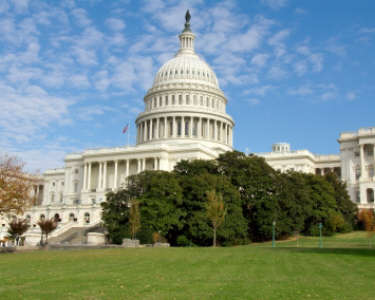Are Charismatics Finding a Place in Congress?
 An analysis of the religious composition of the new U.S. Congress offers an interesting revelation about the Christians makeup.
An analysis of the religious composition of the new U.S. Congress offers an interesting revelation about the Christians makeup.
Like the U.S. population, elected leaders are less affiliated with mainline protestant churches than ever before, according to a survey from the Pew Forum on Religion and Public Life.
The study shows that 97 members of Congress were Methodists in 1961, making up 18.2 percent of the legislative body. In the current Congress, the figure has shrunk to 50 members making up 9.5 percent.
Other mainline churches show similar declines, dropping from 73 to 45 members for Presbyterians and 66 to 41 members for Episcopalians over the same period. Most dramatically, Congregationalists have dropped from 27 members of Congress to only four.
Here’s perhaps the most interesting part: While those who are associated with the mainline churches have declined, Protestants who do not specify a particular denomination grew the most from the 111th to the 112th Congress, increasing their ranks by 19 members, to a total of 58. It’s not clear if those members are Pentecostals or Charismatics, but it’s a possibility.
Protestants who do not specify a particular denomination now comprise 11 percent of Congress, up from 7 percent two years ago. Baptists have also seen a modest increased their numbers, from 62 members of Congress to 68. No member of Congress was described as religiously unaffiliated. Five members were from traditions outside Christianity or Judaism.
“The religious composition of Congress shows a continued American religiosity, but one that is decreasingly associated with Mainline Protestantism,” says Institute on Religion and Democracy President Mark Tooley. “Just as Mainline Protestantism no longer occupies the central place in public life as it did a generation ago, we are seeing fewer and fewer elected Representatives from those denominations. Solid growth among the percentages of Catholics, Baptists and unspecified Protestants mirrors overall religious membership trends in the United States.”














































